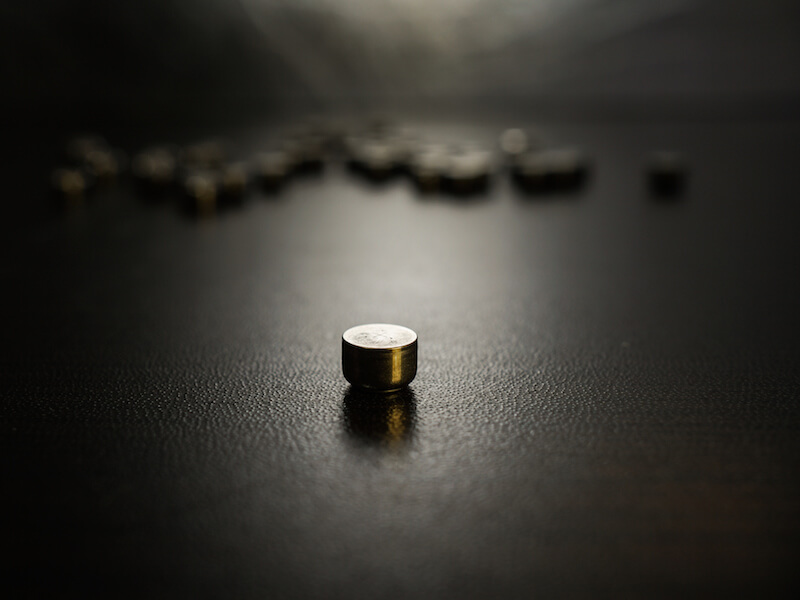
Modern technology has changed the way we power electronics of every type, from radios to cameras to phones. For decades, those looking to address hearing loss have wished for a similar advancement, and the industry is finally recognizing the promise of a powerful rechargeable hearing aid battery.
Size 312 batteries are the most common of the disposable batteries that have traditionally been used to power hearing aids. The most popular form of this battery, now, is “zinc-ion”.
Disposable Hearing Aids Have a Downside
As the name would suggest, a zinc-air battery is affected by the presence of air. When it comes to the 312 batteries used in a lot of hearing aids, the user needs to pull a little tab off the back of the battery before it is activated and functional.
As soon as it is fully oxygenated, it starts to lose power. So the power is draining even if the user isn’t actively using it.
Most users regard the length of life to be the most significant disadvantage of disposable batteries. Some reports have estimated the standard life expectancy of a size 312 disposable battery to be between 3 and 12 days, which means users may have to switch out their batteries around 120 times every year.
Because of this, besides having to buy 120 batteries, the user will need to switch and properly dispose of batteries at least twice a week. From a cost perspective alone, that likely equals over $100 in battery costs.
Rechargeable battery Advancements
Fortunately, for hearing aid wearers in search of another alternative, there have been profound improvements to rechargeable hearing aids that now make them a practical solution.
The vast majority of individuals would use rechargeable hearing aids if given an option according to some studies. Until recently these models have traditionally struggled to give a long enough charge to make them worthwhile. But today’s rechargeable batteries will hold a charge all day without requiring a recharge.
Rechargeable batteries won’t save users substantial amounts of money, but they will make quality of life better.
These modern models give less aggravation on top of maintaining a 24 hour charge because the user doesn’t have the burden of continuously changing out the batteries. They just need to place the battery on the charger.
A disposable battery approaching the end of its life simply can’t function at full capacity. There’s also no real way to know how close to being inoperable the battery actually is. Because of this, users risk putting themselves in a position where their battery could die at a critical time. Not only is this a safety concern, but users could miss important life moments due to a dead battery.
Types of Rechargeable Hearing Aid Batteries
Rechargeable batteries come in a number of different materials, each providing unique advantages. Integrated lithium-ion batteries are one alternative being used by manufacturers because of their ability to hold a 24-hour charge. You might be surprised to know that this same kind of technology is what charges and powers your cellphone.
Another kind of modern rechargeable battery is a silver-zinc. Initially, these revolutionary batteries were developed for Nasa’s moon missions. You can even use this technology to modify and retrofit the existing hearing aids you’re comfortable with by converting the device to rechargeable power. These batteries, like lithium-ion, will also last all day before needing to be recharged.
Some models even let you recharge the battery while it’s still in the hearing aid. For these, users will slip the entire hearing aid on a charging station when they sleep or at another time when the device isn’t in use.
While each of these rechargeable solutions offers substantial advantages over disposable batteries, each option should be carefully vetted to get a complete picture and to see if it’s right for you.
Take a look at our hearing aid section if you’re looking for more information about what battery would be the right choice for you or any other info about hearing aids.